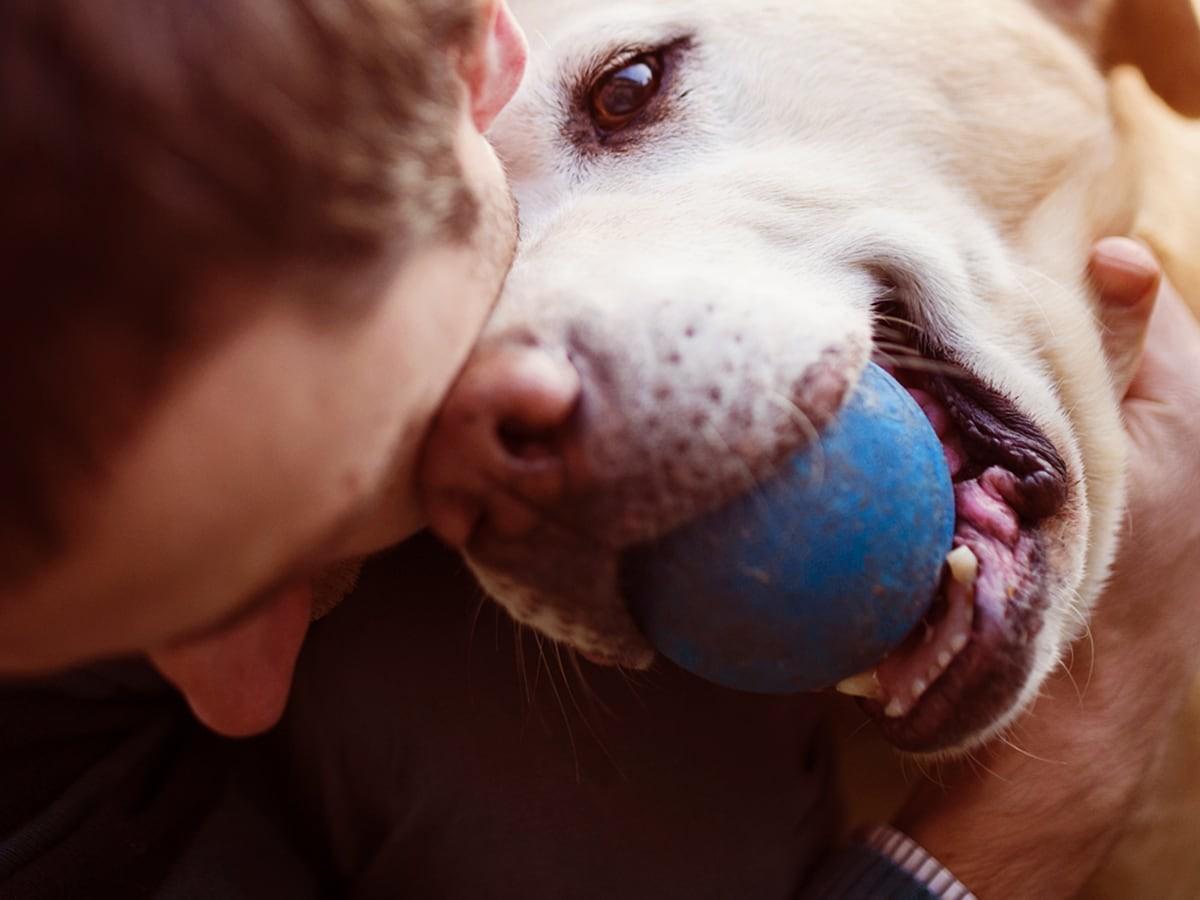Why Fostering a Dog or Cat Matters
If you’ve been thinking about fostering a pet—whether it’s a playful pup or a senior cat—you’re already taking the first step toward making a real difference. Fostering a dog or cat provides a safe, temporary home for animals waiting to be adopted, and it plays a critical role in easing the burden on shelters, especially during times of overcrowding.
Many shelters are stretched thin and don’t have enough space, staff, or resources for every animal in need. When you open your home to a foster pet, you help make room for other animals and give one pet a better chance at finding a forever home.
What Does a Pet Foster Parent Do?
Fostering means temporarily caring for a pet in your home while they wait for adoption. As a foster pet parent, you’re responsible for day-to-day care, love, and socialization. Your main goal is to help the pet adjust to life in a home and support their journey to permanent adoption.
Core Responsibilities of Fostering:
Communicate with the shelter or rescue about the pet’s behavior and health
Take part in training sessions or attend adoption events
Provide transportation to and from the shelter or vet appointments
Share updates to help match the pet with the right adopter
Fostering isn’t just about providing food and shelter—it’s about helping the pet build confidence, trust, and connection with people.
How to Start Fostering a Pet: Step-by-Step
Step 1: Connect with a Local Shelter or Rescue
Reach out to a nearby shelter or rescue group. Many prefer to work with foster homes within a reasonable distance so transportation and communication are easier.
Step 2: Get Matched with the Right Foster Pet
Don’t worry—new foster families typically start with a pet that’s more laid-back. Shelters try to match you with a pet that fits your experience level, lifestyle, and home environment.
Step 3: Understand the Expectations and Needs
Before you bring a pet home, make sure you understand their daily routine, any health issues, and behavior triggers. If a pet is uncomfortable with kids or other pets, that needs to be factored into the match.
Fostering only works if both the pet and the foster parent are set up for success.
What It Costs to Foster a Dog or Cat
Fostering often comes with support from the shelter, but it’s not completely free. Most organizations provide the basics like a collar, leash, crate, or litter box. They also typically cover medical costs, such as vet visits, spaying/neutering, and medications.
However, pet foster parents may still need to cover things like:
Food
You might need to purchase food for your foster pet. Depending on the size and dietary needs of the animal, you could spend between $20–$60 per month.
Extras and Enrichment
From toys and treats to soft beds and pet-safe chews, it’s easy to spend a little extra. Some foster parents may even choose to try doggie daycare or training classes if the shelter recommends it.
How to Prepare Your Home for Fostering
Before your new foster pet arrives, take time to pet-proof your home. Get down to your pet’s level to check for anything hazardous or chewable. Look out for:
Kitchen/Bathroom: Cleaning products, trash, medications, open toilet lids
Living Room: Electrical cords, plants, kids’ toys, small objects
Garage/Yard: Antifreeze, sharp tools, gaps in fences
Bedrooms: Cosmetics, items on nightstands, tangled cords
Set up a safe, quiet area with their crate, bed, food/water bowls, and toys to help them feel at ease in their new space.
Thinking About Adopting Your Foster Pet?
Sometimes, a strong bond forms, and foster families decide to adopt the pet themselves. Some organizations allow this through a foster-to-adopt program, while others have specific policies in place.
If you’re thinking about adopting your foster pet, talk with the organization. They’ll help determine whether it’s a good fit and if other adopters are being considered.
Planning ahead? If you do adopt, it’s worth thinking about long-term expenses like vet visits, training, and even enrolling in a dog insurance or cat insurance plan to help cover future healthcare needs.
Frequently Asked Questions
How long can you foster a dog?
There’s no set limit—some fosters last a few days, while others may last several months or longer. It depends on how long it takes for the pet to be adopted. Puppies may only need to be fostered for a few weeks while dogs are recovering from an illness or injury, or senior dogs may stay with their foster family for an extended time before they find a new home.
What is the 3-3-3 rule for fostering a dog?
The 3-3-3 rule helps set expectations for the adjustment period:
3 days to decompress
3 weeks to start learning routines
3 months to fully settle in
It’s a helpful way to understand what your foster pet might be experiencing emotionally and behaviorally.
What is the hardest part of fostering dogs?
Saying goodbye. It can be emotionally tough to let go, especially if you've bonded with the pet. But knowing they’re going to a loving permanent home—and that you helped them get there—makes it worth it.
Key Takeaway
Fostering a dog or cat is one of the most impactful ways you can help animals in need. You provide safety, structure, and love while making space in shelters for other pets who need help. It takes time, patience, and planning—but the rewards are huge for both the pet and family.
Thinking about giving fostering a try? You just might change a life—maybe even your own.

Creative manager by day, pet enthusiast all the time! After 19 years with my dog (hopefully he wins the award for oldest pet in the world), I enjoy spending my days brainstorming tail-wagging content, and sniffing out the latest trends in the pet world.












